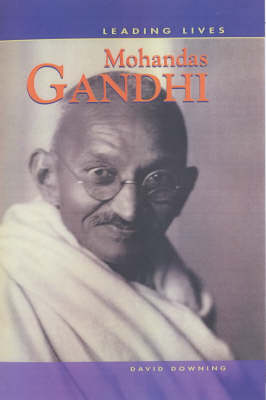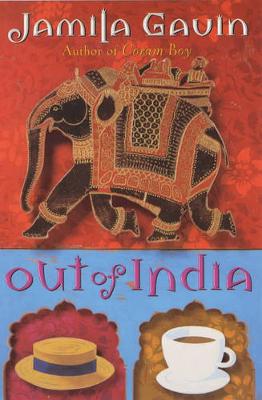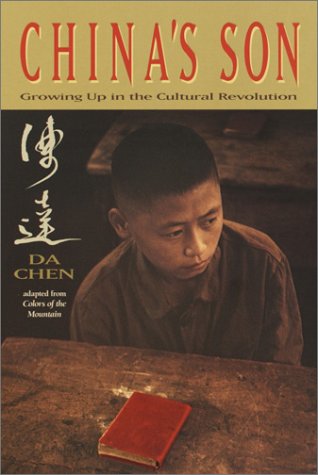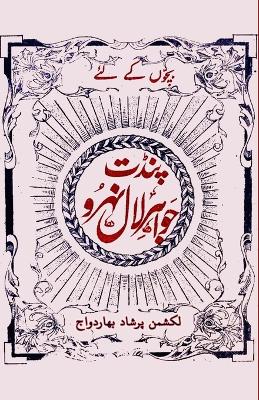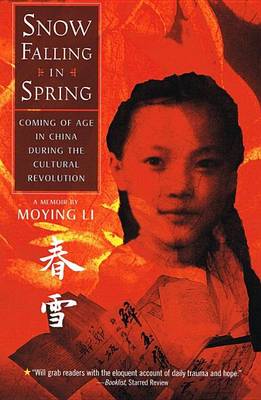An exploration of the life and achievements of Mohandas Gandhi. The book examines his early years, studies and interests and then assesses his professional life, its low points and their legacy. An underlying theme throughout the "Leading Lives" series is to look at whether an individual can change the course of history. The book contains: feature panels detailing the lives of colleagues and rivals; a timeline and maps; further reading and websites; a glossary and index.
Hiroshima (Point of Impact) (Turning Points in History)
by Richard Tames
This series examines major historical watersheds and their impact on the world, with each book recounting the chain of events and analysing their repercussions, both immediate and long term. It contains important information on key people and events and includes contemporary artwork and relevant photographs to help understanding of the issues. The key features include: up-to-date and relevant for children of today; new editions feature a fresh new design; and, more primary sources add to the rea...
Tokyo (Great Cities of the World S.) (Global Cities S.)
by Nicola Barber
Explores the history, people, daily life, and future of Tokyo.
'I am truly a child of both countries and both cultures.' Born to an Indian father and an English mother, Jamila Gavin's childhood was divided between two worlds. Her earliest memories are of India, where she lived in a crumbling palace built for a prince, and learned to steal sugar cane and suck mangoes. But she would spend much of her childhood in England, where she picked blackberries, got chilblains, and learned to recognise doodlebug bombs. And between the two there were unforgettable jou...
Russia (Essential Library of Countries)
by Sue Bradford Edwards
Traces the course of the third longest river in the world, the Yangtze in China, and describes its physical features, history, importance as a source of food and for transportation, and more.
Malaysia (Growth & Influence of Islam S.) (Major Muslim Nations)
by Barbara Aoki Poisson and Shelia Noonon
Afghanistan (Major Nations of the Modern Middle East) (Growth & Influence of Islam S.)
by Kim Whitehead
Told in her own words, here is the true story of a girl who posed as a boy during World War II — and dared to speak up for her fellow prisoners of war. With the Japanese army poised to invade their Indonesian island in 1942, Rita la Fontaine’s family knew that they and the other Dutch and Dutch-Indonesian residents would soon become prisoners of war. Fearing that twelve-year-old Rita would be forced to act as a "comfort woman" for the Japanese soldiers, the family launched a desperate plan to t...
From Steve Sheinkin, the award-winning author of The Port Chicago 50 and Bomb comes a tense, exciting exploration of what the Times deemed "the greatest story of the century": how Daniel Ellsberg transformed from obscure government analyst into "the most dangerous man in America," and risked everything to expose the government's deceit. On June 13, 1971, the front page of the New York Times announced the existence of a 7,000-page collection of documents containing a secret history of the Vietnam...
Longman History Project (Longman History Project)
Describes the geography, history, people, and customs of Burma.
Snow Falling in Spring: Coming of Age in China During the Cultural Revolution (Melanie Kroupa Books)
by Moying Li
